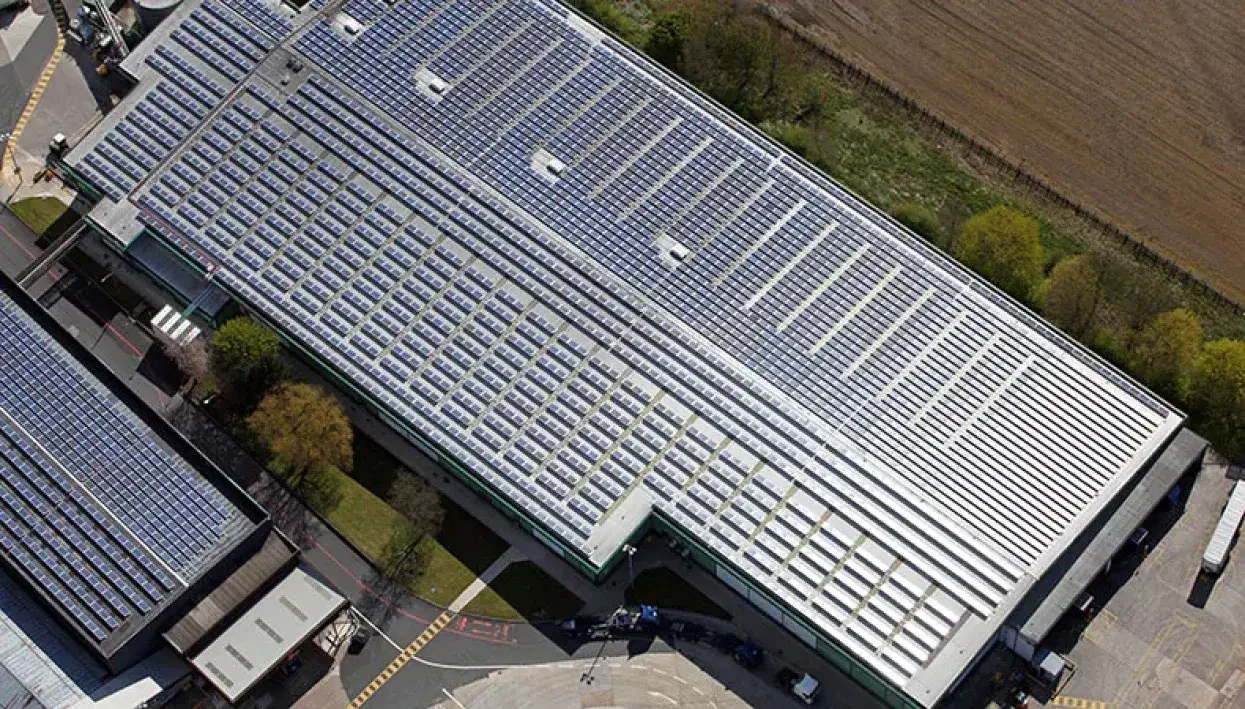Sustainability
Renewable energy: Solar power and your business
Author
FESPA Staff
Published Date
18/02/2022
Become a FESPA Member
to Continue Reading
